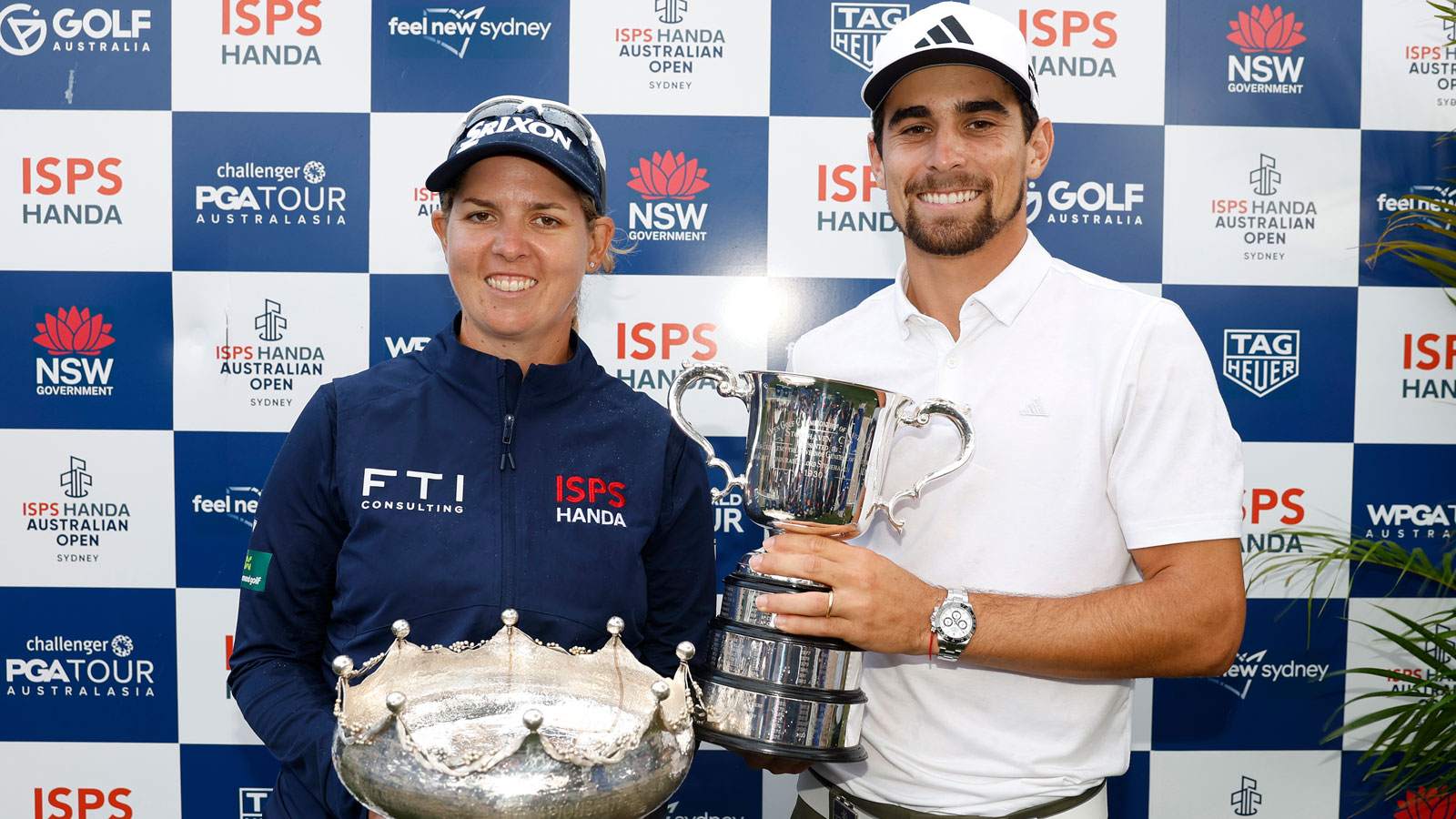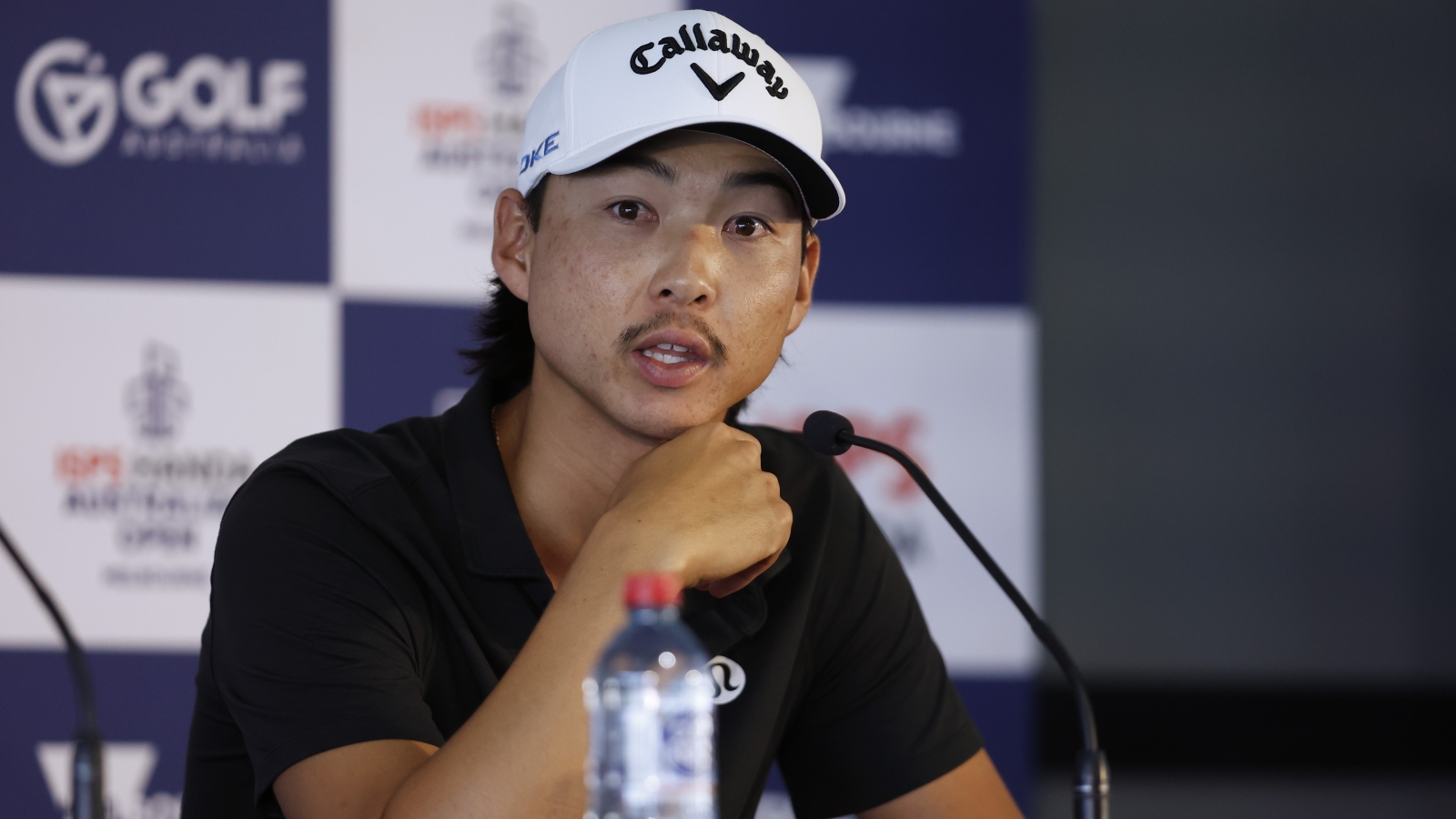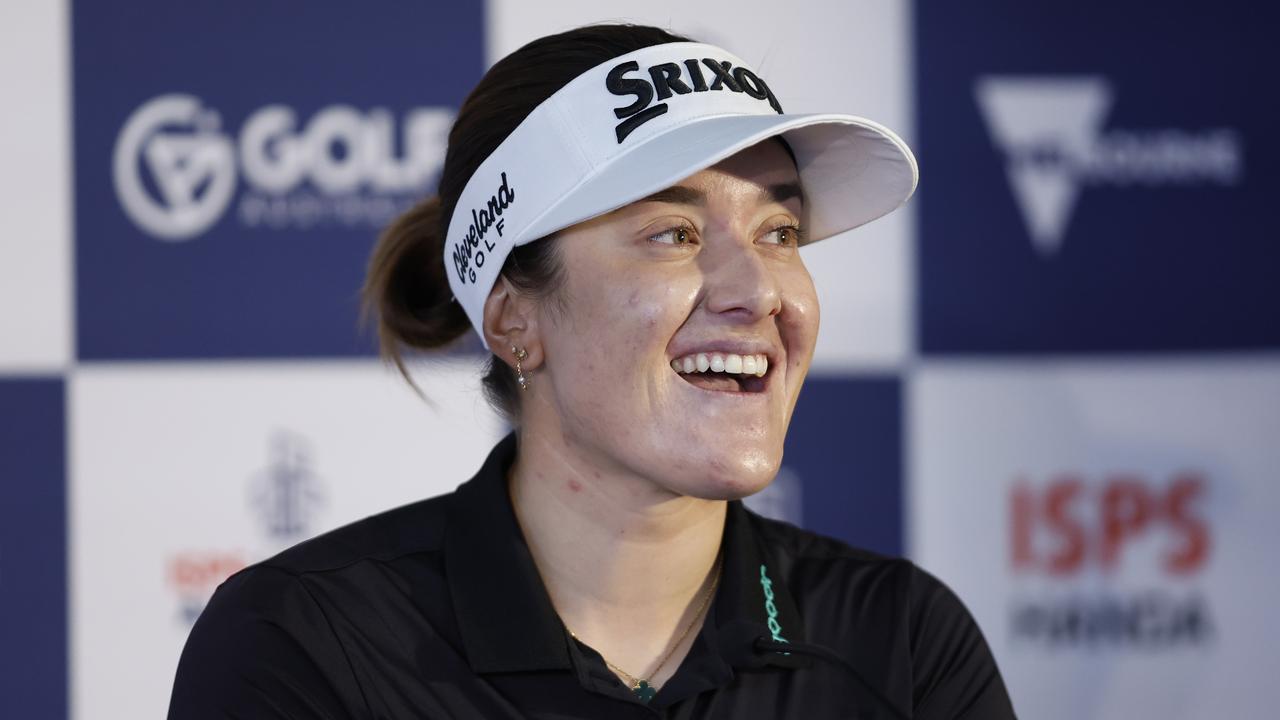OPINION: The end of the concurrent Australian Open format feels nigh – Australian Golf Digest

- by Admin
- November 27, 2024

Cam Smith said the quiet part out loud.
Lamenting the softer-than-usual state of this Australian Open’s two host courses, the 2022 Open champion today called the recent rain in Melbourne “a bulls–t excuse”, hinting that the need to prepare the Kingston Heath and Victoria layouts for both male and female fields is doing the championship a disservice.
“It seems there’s been lot of water and it’s not exactly what I was expecting,” Smith said in his pre-championship press conference. “The course(s) are in great condition but playing so much different to how they’re designed and how they’re meant to be played, which is pretty disappointing. I had been keeping eye on weather here and I was really excited by the weather last week and to play really firm and fast Sandbelt [courses].
“The weather down here the past couple of weeks has been pretty good. I know they got some rain over the weekend and again this morning, but I’ve played down here in rain before and it’s still been [firm and fast] the next day. So I think that’s a bulls–t excuse, to be honest. I think it’s been prepared like this for a reason and it’s not how these golf courses are meant to be played.”
Smith’s comments come on the heels of PGA of Australia chairman Ian Baker-Finch sharing that he’s not in favour of staging dual championships on the “Talk Birdie To Me” podcast.
The optics of jointly held championships are sound, yet the logistics say otherwise – and the course setup issue is at the forefront. Women and men play the game differently, even at the elite level. The level of green speed and firmness that will adequately test the best male golfers, especially on Sandbelt courses where those attributes mean everything, doesn’t match with the optimal setup for the leading female golfers. The compromise is to present a softer golf course as it supposedly works for both fields.
Smith’s comments this afternoon also came moments before both Minjee Lee and Hannah Green opined that a February tournament date – as was the case for the women’s championship up until 2020 – remains their preference for staging our Open. They had to fly to Melbourne from the LPGA Tour’s season finale in Florida, which finished less than two-and-a-half days ago, and prepare to play two golf courses. To make matters worse, storms halted all practice and pro-am play at 1:50 this afternoon, truncating every player’s preparation.
“I definitely think the beginning of the year works better, personally, in my schedule,” Lee said today. “I think all the Aussies on the LPGA who come back to play in Australia, it definitely works better in our schedule because we have our offseason and then we start in Asia. So, start in Australia and then we go to Asia which just works better, travel-wise. And I think it’s just nice to come in fresh [rather] than having it at the end of the year where it’s the end of the LPGA season and then you have one more event to finish the year off.”
“It was really ideal for all of us Australians to be able to start our season in February,” Green added. “Most of us would have a preseason in January in Australia and then be fortunate enough to play the Victorian Open and Australian Open back-to-back. I think that if you want the best players in the world to come down to Australia, that’s when it needs to be.”
Several more male players have been vocal, whether subtly or overtly. Adam Scott, who is skipping this Australian ‘Summer of Golf’ for the first time in memory, was one to voice his considered opinion in 2022, while Scott Hend was less diplomatic – vocally boycotting the championship that year once the joint-field format was announced.
Smith, then the reigning Open champion, made the 36-hole cut but missed the controversial 54-hole cut, which was brought in to reduce player numbers on Sunday (remembering that as many as three playoffs were possible, although none eventuated). The players hated the 54-hole cut, which was quickly removed from the 2023 Open format.
Golf Australia finds itself with a dilemma. When held as a standalone championship, the Women’s Australian Open lost money. Combining it with the men’s championship reduced many of the costs associated with running a significant golf tournament and led to numerous financial efficiencies. It also arguably gave the women’s championship greater profile (but also diminished it, depending on whom you ask).
Year one of the concurrent championships in 2022 created several logistical headaches, although some elements were out of the hands of the organisers and were more constructs of the ebb and flow of a golf tournament. For instance, that year both the men’s and women’s fields had large 36-hole cuts, leading to a crammed Saturday timesheet due to the volume of players who qualified for the weekend. It led to players on similar scores teeing off up to six hours apart in a complete departure from a standard third-round draw in order to complete the round on time.
So which factor should hold more sway here – the bottom line of our national championships or appeasing the talent that puts on the show for 72 holes? The next four days may reveal further clues, but if I were a betting man, I’d wager that the 2024 edition will be the last of the concurrent championships.
The Latest News
-
November 27, 2024Matildas ‘legend’ Clare Polkinghorne to bid farewell amid end of an era against Brazil
-
November 27, 2024Global Fashion Week showcases Ghanaian and Australian fashion – MyJoyOnline
-
November 27, 2024Aberdeen software specialist signs major enterprise deal with Australia-based firm – Aberdeen Business News
-
November 27, 2024Will Mitchell Marsh miss Adelaide Test? Rookie all-rounder set to receive maiden Australia call-up before 2nd Test | Sporting News Australia
-
November 27, 2024UTS Fashion Honours Graduate Showcase 2024: Australian Future Fashion Trailblazers Take to the Runway in Sydney – News Hub




